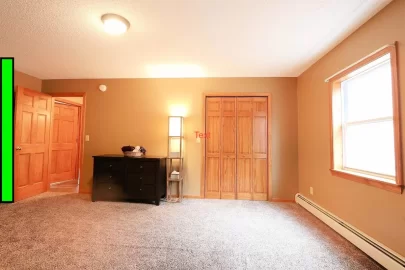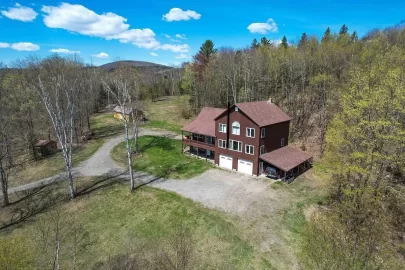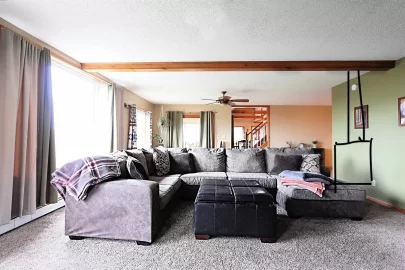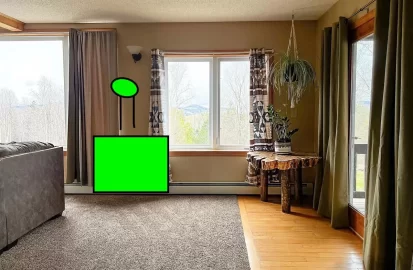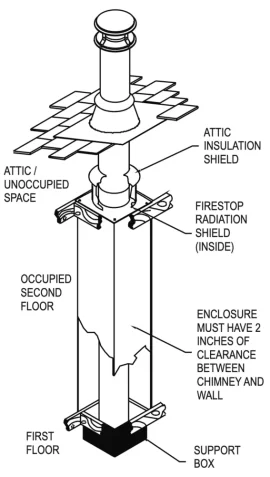Hey all,
I've scrubbed and read quite a few posts, however I decided to create my own so please bare with me. We have a Manchester stove and a hearth we've purchased, and are now waiting for a chimney to be installed. We are definitely leaning towards an inside-the-home chimney. It would be against a centered wall, between the kitchen and living room(open space), with the heat rising to the 2nd floor, into the cathedral ceiling(got a fan at the top) and hopefully the other two bedrooms there. Our installer told us that if he were in our situation, he would do an up-and-out with the chimney, run it along the house, and we could, if we wanted to, put a chase over it. I've read so much about chimneys in the last few days, and it seems inside is the preferred method. I am open to either as long as it's the better choice. This is all happening in VT, and the install should be taking place this coming weekend. I am leaning more towards the inside install since I don't want to have to deal with cold chimney syndrome, creosote building up in the elbows of the chimney, and a few other things I've read about such as the risk of CO2 build up tending to be higher than with a straight up flue. We would use it consistently, especially since we are in a very rural area and the power grid we are on has failed during heavy snow before, up to a week. I will attach some photos if anyone wants to get a general idea of what this would look like in either scenario. Thank you for your time, I'll welcome all pieces of advice!
I've scrubbed and read quite a few posts, however I decided to create my own so please bare with me. We have a Manchester stove and a hearth we've purchased, and are now waiting for a chimney to be installed. We are definitely leaning towards an inside-the-home chimney. It would be against a centered wall, between the kitchen and living room(open space), with the heat rising to the 2nd floor, into the cathedral ceiling(got a fan at the top) and hopefully the other two bedrooms there. Our installer told us that if he were in our situation, he would do an up-and-out with the chimney, run it along the house, and we could, if we wanted to, put a chase over it. I've read so much about chimneys in the last few days, and it seems inside is the preferred method. I am open to either as long as it's the better choice. This is all happening in VT, and the install should be taking place this coming weekend. I am leaning more towards the inside install since I don't want to have to deal with cold chimney syndrome, creosote building up in the elbows of the chimney, and a few other things I've read about such as the risk of CO2 build up tending to be higher than with a straight up flue. We would use it consistently, especially since we are in a very rural area and the power grid we are on has failed during heavy snow before, up to a week. I will attach some photos if anyone wants to get a general idea of what this would look like in either scenario. Thank you for your time, I'll welcome all pieces of advice!


